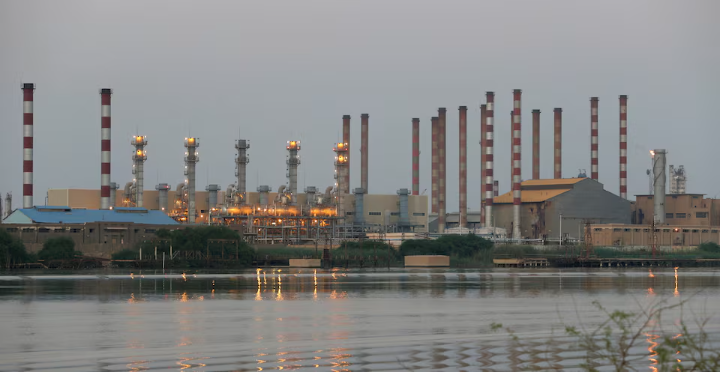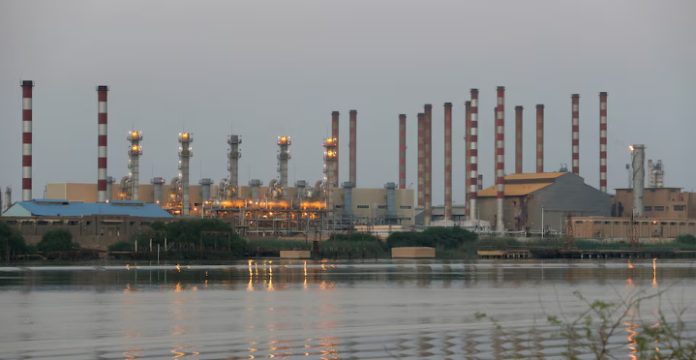As tensions in the Middle East reach a boiling point, oil markets are bracing for a crisis that could reshape global energy flows. This week, a sharp escalation between Israel and Iran has pushed oil prices up by as much as 13%, their highest levels since January — and analysts warn it could get worse.
Following Israel’s attack on Iran and Tehran’s vow to strike back, fears of a major oil supply disruption have skyrocketed. The core concern? If Iran’s output — currently at 3.3 million barrels per day (bpd) — is cut off, OPEC+ may not have enough spare capacity to make up for the loss.
According to oil analysts and OPEC insiders, only Saudi Arabia and the United Arab Emirates (UAE) are in a position to increase production quickly. Together, they could potentially add around 3.5 million bpd — which barely covers Iran’s current output. But this cushion is razor-thin, especially if another crisis emerges elsewhere.
So far, Iran’s oil exports — which total over 2 million bpd — remain unaffected. But Israel’s aggressive posture has raised concerns that Iran’s oil infrastructure may be targeted next, severely denting its export capabilities and revenue stream.
If that happens, OPEC+ would be under immense pressure. The Brent crude benchmark rose nearly 7% on Friday alone, trading above $74 per barrel.
More concerning is the risk of Iran retaliating by targeting regional oil suppliers or disrupting shipping through the Strait of Hormuz, a vital route for 20% of the world’s oil. Previous threats from Tehran suggest it could block the strait or even attack facilities of neighboring oil-producing nations, further inflaming the crisis.
Jorge Leon, head of geopolitical analysis at Rystad Energy and former OPEC advisor, warned that if Iran strikes back by blocking the Strait or attacking U.S. assets, prices could spike by $20 or more per barrel.
For months, OPEC+ was worried about oversupply and falling prices. Now, the narrative has shifted dramatically. Saudi Arabia, the de facto leader of OPEC, had been pushing for increased output to counter non-compliance from other members, further tightening the group’s production capability.
While OPEC+ has output cuts totaling around 4.5 million bpd still in place, much of the so-called spare capacity may not be real. After years of underinvestment, especially during the pandemic, many oilfields lack the infrastructure to restart quickly.
J.P. Morgan recently noted that apart from Saudi Arabia and the UAE, most OPEC+ members are already producing near their limits. “Saudi has real barrels, the rest is paper,” one senior OPEC+ source told Reuters.

Saudi Arabia currently produces about 9.5 million bpd and could go up to 12 million bpd if necessary. But this level has only been tested once — during the price war with Russia in 2020.
Meanwhile, Russia, hit hard by Western sanctions, is unlikely to contribute meaningfully. Even its claimed capacity of 12 million bpd is now questioned, with analysts expecting only a modest boost of 250,000 bpd in the next three months.
The UAE could potentially raise its output by about 1 million bpd, bringing its total to around 4 million, depending on which estimates you trust.
In a fragile market, this razor-thin spare capacity means any further shock could lead to explosive price movements — and possibly long-term structural disruptions.



